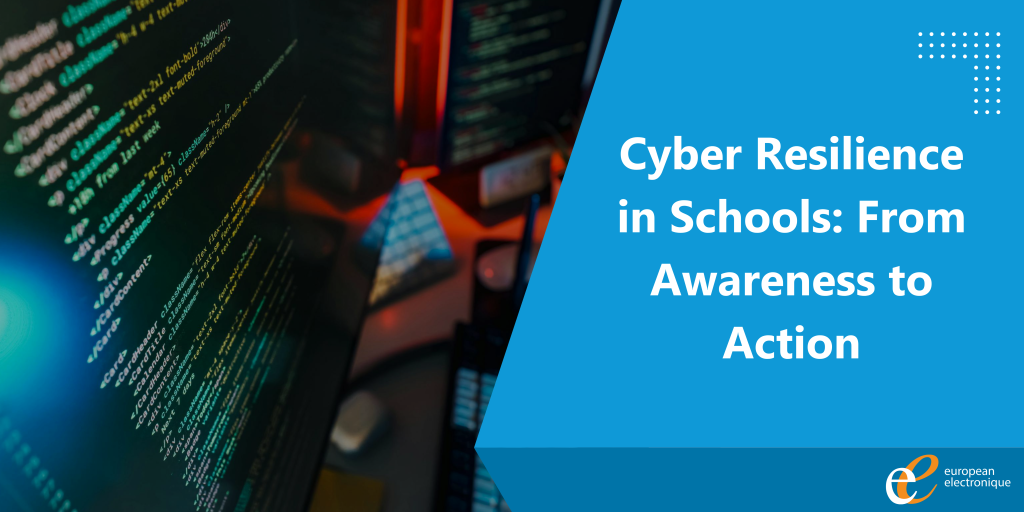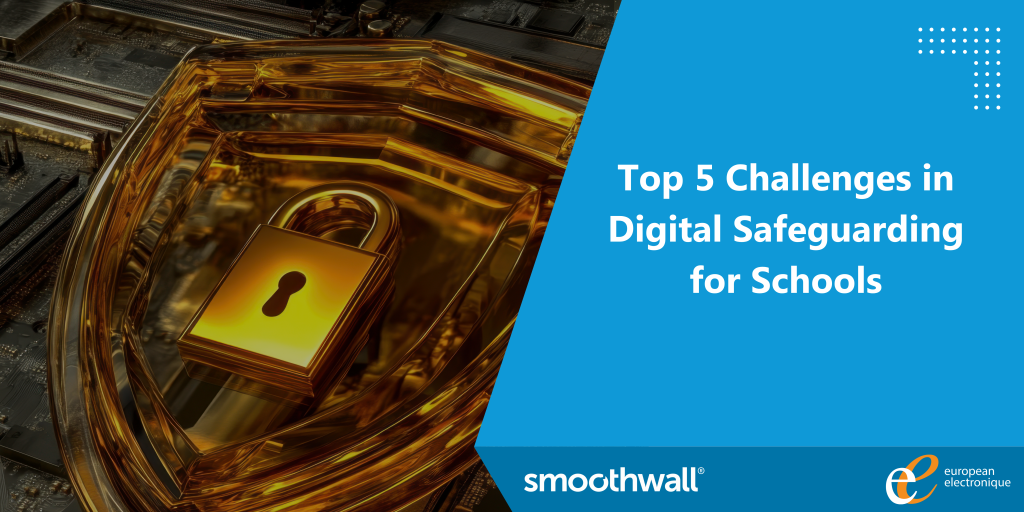Cyber Resilience in Schools: From Awareness to Action
Why Cyber Resilience Matters?
Schools are prime targets for cyberattacks such as ransomware, phishing, and data breaches. These incidents can disrupt learning, expose personal data, and damage reputation. Building cyber resilience helps schools prepare, respond, and recover effectively.
With education increasingly digital, schools face rising threats. Cybercriminals exploit weak systems for financial gain or disruption. Case studies show real impacts — from prolonged downtime to financial and reputational loss.
Building Cyber Resilience:
| Governance & Leadership | Risk Assessment & Prioritisation |
|---|---|
| – Appointing a cyber resilience lead. – Embed cyber strategy into school improvement plans. – Ensure governing bodies approve policies aligned with school goals. | – Follow NCSC risk management guidance. – Identify critical assets and vulnerabilities. – Apply the 3-2-1 backup rule (three copies, two devices, one off-site). |
| Incident Response Planning | Continuous Improvement |
|---|---|
| – Develop and test incident response plans. – Include clear communication for staff, students, and parents. – Integrate with business continuity and disaster recovery plans. | – Conduct regular audits and penetration tests. – Run phishing simulations and update training frequently. – Track compliance with DfE digital standards and Cyber Essentials Plus. |
Find Out More…
| To measure progress in cyber resilience, schools should track: – Time to detect and respond to incidents – Staff training completion rates – Backup success rates and recovery times – Compliance with Department for Education standards and Cyber Essentials | Creating a culture of cyber awareness is key. Schools should: – Embed cyber topics into staff CPD and student digital literacy – Celebrate good practice and encourage peer learning – Use gamified training or phishing simulations to boost engagement |
| Governance & Leadership (Practical Tips) – Ensure the governing body or trustees approve cyber policies to align with broader school goals. – Assign a senior leader to oversee cyber resilience and report progress regularly. | Risk Assessment & Prioritisation (Practical Tips) – Apply the 3-2-1 backup rule: three copies, two devices, one off-site. – Use threat modelling to prioritise risks based on likelihood and impact. |
Incident Response Planning (Practical Tips)
Integrate digital technology into disaster recovery plans.
Test backups regularly and run tabletop exercises to simulate incidents.
Additionally, involve families in cyber awareness, especially for home technology use.
Create cyber champions among staff and students.
Continuous Improvement (Practical Tips)
Regularly test backups and run tabletop exercises.
Track alignment with Department for Education digital standards and Cyber Essentials Plus certification.
Measure the frequency and success rate of simulated phishing tests.
Monitor patching cadence for critical systems and software.
Evaluate the effectiveness of training through post-training assessments and feedback.
Key Statistics & Trends
- 61% of schools reported a data breach in the past year, with 74% of these incidents caused by human error.
- AI-driven threats are on the rise, with phishing and spear phishing attacks becoming more sophisticated and harder to detect.
- Cybercriminals increasingly target schools this is due to the sensitive nature of student and staff data, making educational institutions high-value targets.
European Electronique offers tailored consultancy for Multi Academy Trusts and individual schools. Services include:
- Scenario-based training and phishing simulations
- Support with Cyber Essentials Plus and ISO 27001 readiness
- For more information, contact Kelly Gascoyne at Kelly.gascoyne@euroele.com
























